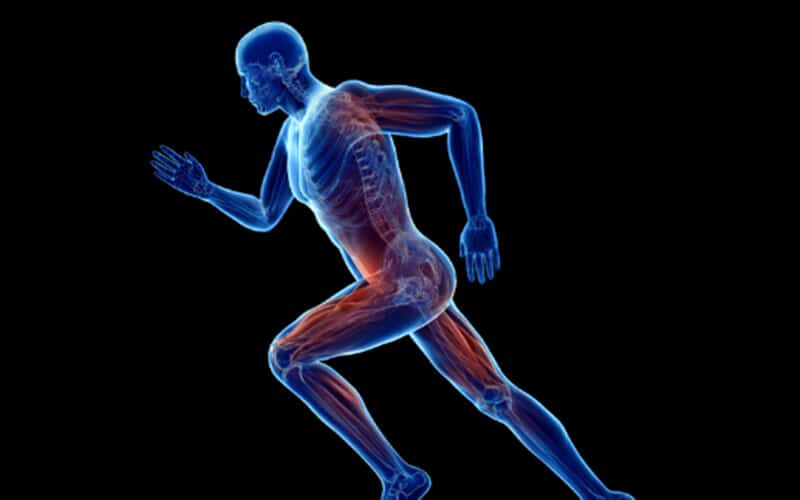The sore feeling you get after a tough workout is a good sore – meaning you worked out some new muscles that hadn’t been used in awhile. However, feeling sore 2-4 days after is not a good sore anymore and means you may have Delayed Onset Muscle Soreness (DOMS).
What is DOMS?
DOMS is muscle soreness that occurs 24-48 hours after your workout. You can have a mild case or a not so mild-case in which your muscles hurt to the touch and refuse to contract for a week. Acute soreness is the burning sensation you feel in your muscles during a workout that’s due to a quick buildup of lactic acid. It usually disappears as soon as or shortly after you stop exercising. On the opposite side of the spectrum we have DOMS.
“Delayed Onset Muscle Soreness (DOMS) is a common result of physical activity that stresses the muscle tissue beyond what it is accustomed to,” states David O. Draper, professor and director of the graduate program in sports medicine/athletic training at Brigham Young University in Provo, Utah in an article from Mayo Clinic.
Symptoms of DOMS
- Muscles that are tender to the touch
- Reduced Range on motion
- Swelling around the affected muscle
- Muscle fatigue
- Short term loss in muscle strength
- Begins after you are done with your workout
Treating DOMS
While you will have to ride out your DOMS episode, there are some things listed below you can do to help ease the pain and speed up the process
- Massage
- Cryotherapy
- Anti-Inflammatory foods
- Topical analgesics
- Infrared sauna
Preventing DOMS
This goes for everyday life, too, but, especially when exercising, make sure you are hydrated and stay hydrated. Warm up prior to your workouts and cool down when you are finished. Utilize recovery tools such as Cryotherapy, NormaTec Compression Therapy, CBD Oil, or an Infrared Sauna – to name a few. Try moving slowly during your workouts to make sure you connect your mind/body and feel the muscles working at the capacity they should be and you shall remain DOMS free!
Interesting Side Note: DOMS is not due to lactic acid buildup. In fact, it has nothing to do with lactic acid. DOMS occurs when there is swelling in the muscle compartment that results from an influx of white blood cells, prostaglandins (which are anti-inflammatory), and other nutrients and fluids that flow to the muscles to repair the “damage” after a tough workout. The type of muscle damage I am referring to is microscopic (it occurs in small protein contractile units of the muscle called myofibrils) and is part of the normal process of growth in the body called anabolism. It is not the type of damage or injury that you see your doctor about. The swelling and inflammation can build up for days after a workout, and that’s why muscle soreness may be worse two, three, or even four days after a workout (it can take up to five days for muscles to heal completely depending on the intensity of the workout).
